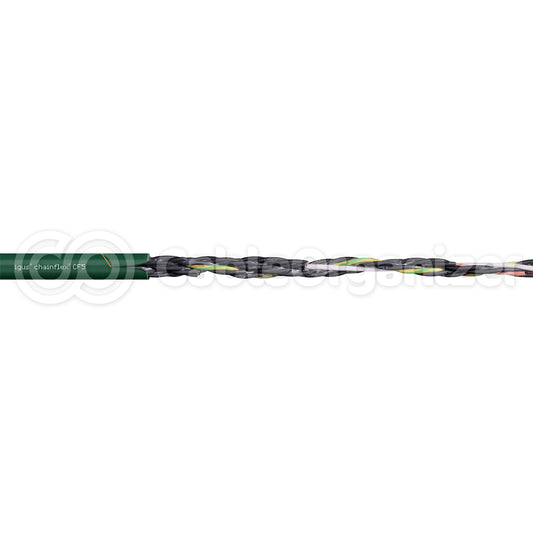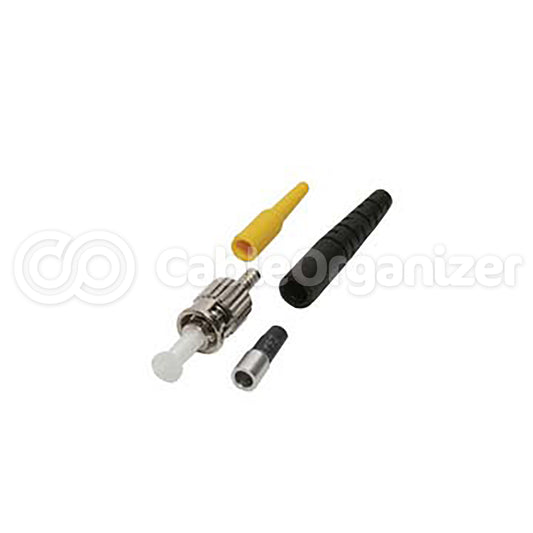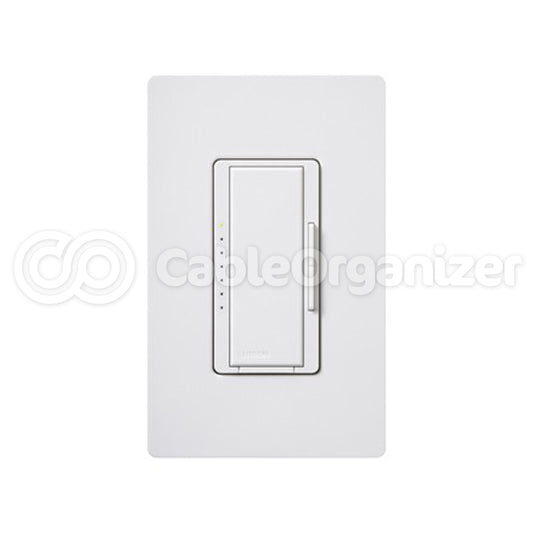How to Avoid Counterfeit Cables
By: CableOrganizer®

Many people are always looking to save money. We can wholeheartedly sympathize but looking for the lowest price isn't always the best way to save — and could end up costing you dearly in the long run.
We all love shopping online, but it turns out that not everyone on the internet has your best interests at heart. The first rule is to be on the lookout for these characters because some are like spiders aiming to catch you in their web to make a quick buck. Take note: if pricing seems too good to be true, it is often exactly that. For example, if someone is offering a product at a price that's drastically lower than its competitors, it's worth considering what the reasons might be.
One reason could be counterfeiting, in other words, bogus products. Fake goods are part of a huge industry, with unscrupulous internet retailers making it easier to peddle counterfeited items to unsuspecting consumers. According to statistics available online, pirated goods comprise approximately 3.3 to 5% of all global trade. The Organization for Economic Cooperation and Development published an in-depth, alarming report in 2021 about the topic, noting in 2016 that innocent consumers worldwide unintentionally spent about $509 billion USD on forged merchandise. These types of products have emerged from all economies and trade routes, with the COVID-19 pandemic having created an uptick in the counterfeited products, according to the group’s report.
U.S. Customs and Border Protection (CBP) has a webpage exclusively about the subject, “Fake Goods, Real Dangers,” noting their organization seized bogus products valued at $3.3 billion USD in 2021. Approximately 33% of those items originated from China, 18% from Hong Kong, 11% from Turkey, 6% equally from Colombia and the Philippines, with the remainder 27% from all other countries worldwide. Consumer electronics fell under the top “Health and Safety” Product seized that year (17.8%), coming in second to pharmaceuticals (at 46.6%). Consumer products confiscated were at 2.6% and computers/accessories at 1.3%. CBP cited that a rise in e-commerce during the pandemic, has increased ways how these types of goods are being distributed throughout the world.
WHAT'S SO BAD ABOUT COUNTERFEIT PRODUCTS?
“Hey,” you might ask, “what's the big deal anyway? Who cares if it's fake, it's cheap and it works?” The CBP stated there are legal implications in willingly purchasing counterfeit items, because of the industries the bogus goods manufacturers often support (including forced labor). Fake goods are typically cheaply produced and pale in comparison to the real deal, according to the CBP, lacking in the stringent safety testing that legitimately produced products are subject to before they hit the shelves and online retailers. “Go for Real” and “Buy Smart” are two of the agency’s slogans that remind consumers about the importance of shopping for legitimate goods.
When it comes to a counterfeit DVD, for example, poor movie quality because of bootleg filming with a smartphone, could be one of the ramifications. However, those with a counterfeit cable could be more serious. At the very least, your cable may not be made of the advertised materials, which affects performance. Some bogus “copper” cables are really made of copper-plated aluminum instead; or “gold” connectors turn out to be gold flashing that quickly wears off. Either way, your cable will not function properly.
Beyond that, there's the issue of safety. Many phony cables skimp on important safety features.
LOOK FOR THE UL LISTING. BUT...
First, the good news: there are agencies that are devoted to making sure the products you use are up to snuff. OSHA (the Occupational Safety and Health Administration) maintains a list of Nationally Recognized Testing Laboratories (NRTLs) that it trusts to test product standards. By far the most popular of these — which you’re most likely to see on most electrical products — is UL Solutions, formerly Underwriters Laboratories (UL®). Since it was founded in 1894, UL Solutions has been rigorously testing cables for safety so the rest of us breathe easier. A product only receives their coveted UL certification if it meets their high standards. UL® is constantly testing and re-testing to make sure that the materials and manufacture of the goods it rates are up to snuff.
The bad news: just like cables, the UL Mark® can also be falsified. It’s not only important to look for the UL Listing on your product, but also make sure said listing is genuine.
The first step of course is to check for the UL Mark® (or a mark from one of the other NRTLs on OSHA's list) on the product. Since UL® is the most common of these, that's the mark we're focusing on with this article. If it's not there, it's a safe bet that your goods are at best not up to the standards they should be — and at worst, could be knock-offs. Once you've located the rating, there are steps to take to make sure it's genuine.
UL marks come in many forms: it might be a label, or it may be die-stamped, silk-screened or molded into a product. Whichever the method of application, the UL Mark® in its current forms is on the UL Solutions website under the “Marks and Labels” section. UL Solutions provides information under its “Public Notices” section, indicating unauthorized use of its service marks, with a detailed write-up and photos.
COMMON TRICKS OF UL SCAMMERS
As we've discussed, you should steer clear of products with UL Marks are missing main elements of we outlined earlier. In addition, keep an eye out for the following red flags, which can also be telling signs of a bogus UL listing:
- Products with packaging that refers to UL®, but lacks a company name, trademark, trade name or other UL-authorized designations. It should go without saying, you'll probably want to avoid things like totally unmarked boxes or otherwise sketchy packaging.
- The use of words like “approved” or “pending” in place of “classified,” “listed” or “certified.” Neither “approved” nor “pending” are sanctioned terms used by UL Solutions.
- “UL marked” product packages containing many spelling and grammatical errors.
- The lack of appropriate product documentation, including instructions for use, manuals, safety warnings and information on proper care and maintenance.
- Products whose packaging lacks a toll-free customer service number, company address, website or other corporate contact information.
BE A SMART SHOPPER
It can be frustratingly hard to steer clear of shoddy items with phony UL listings and consumers should always check the UL website with questions and educate themselves before purchasing products. They should also look out for the following:
- Deep-discount stores. If you come across a product that looks okay but is missing crucial information like a product name, brand or certification mark, it's probably not worth the time it takes to think about whether you should take the chance on it.
- Flea markets, street vendors or other “temporary” sources that don't accept product returns, with credibility that can't be confirmed. Instead, stick with reputable retail establishments that allow returns and have a history of customer satisfaction. The trunk of someone's car — no matter how fancy the automobile may be — is typically NOT a reputable business locale.
- A product with prices that seem too good to be true. If an electrical product is being sold for significantly less than seemingly comparable items, there's usually a reason — and that reason is often cheap materials and sub-par manufacturing. Spend a few extra dollars and you will save in the long run.
HOW UL® IS FIGHTING THE GOOD FIGHT
UL® isn't about to let counterfeiters drag its good name through the mud without a fight. They’ve taken steps to crack down on fakers, with a zero-tolerance policy for manufacturers who counterfeit UL listings. They also have comprehensive training programs to educate retailers, manufacturers and consumers about the hazards of counterfeiting; and how to identify real and fake UL marks. For consumers, an important breakthrough was the introduction of holographic UL® labels beginning in 2010, required on some product types including high-speed audio, video and data cables.
Now you know that smart shopping involves more than just finding the lowest price. To learn about all of UL's marks and see examples of them, visit the listing and classification marks section of the UL website.
Shop at CableOrganizer® for a selection of wires and cables, fiber optic products, electrical supplies and more.


